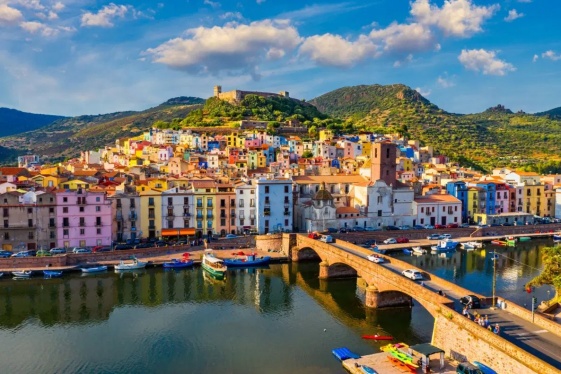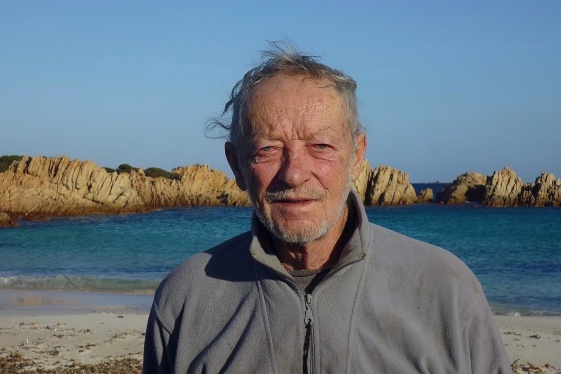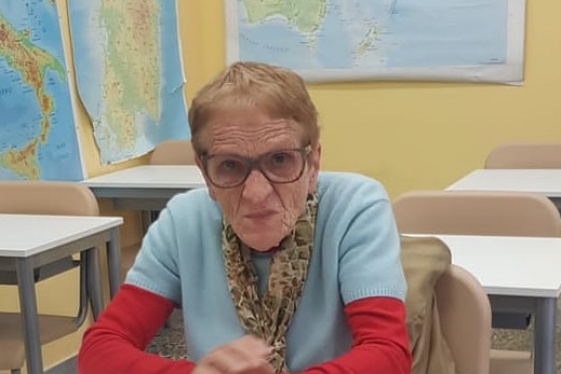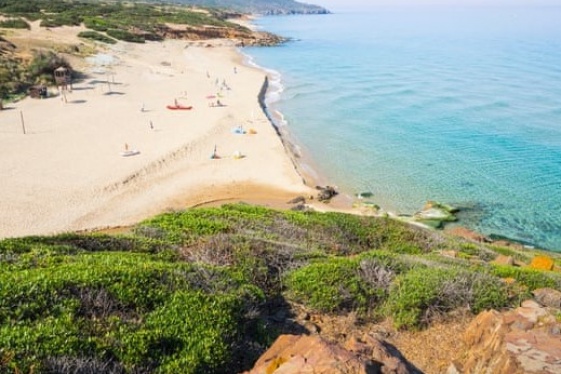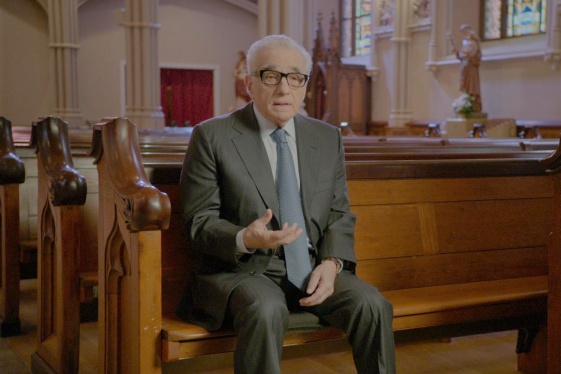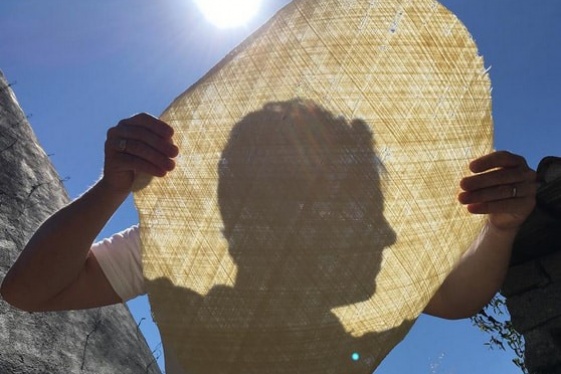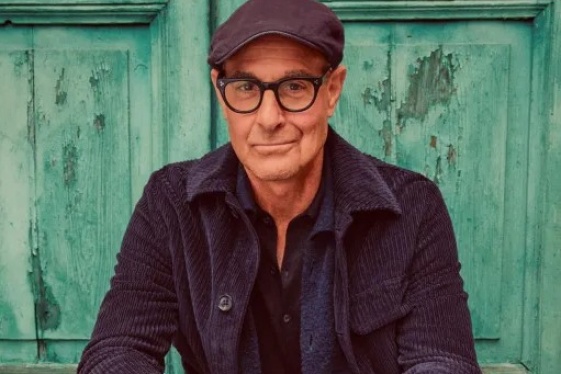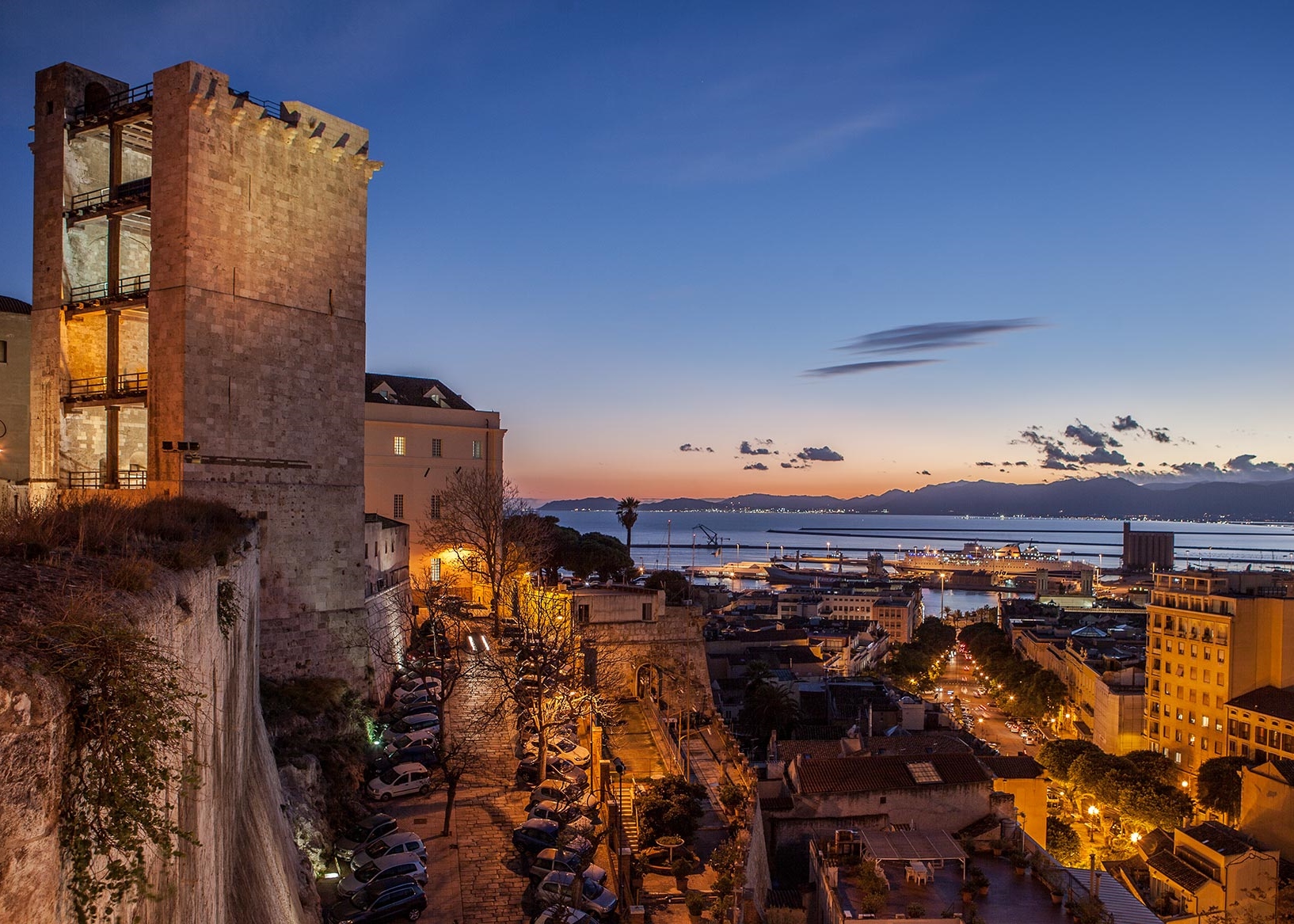

Cagliari, the “happiest city in Italy,” is the Capital of the impossibly beautiful Island of Sardinia, and is rich in history. Similar to Rome in that it is spread out over seven hills, bears the traces of the Phoenician, Carthaginian and Roman dominations, and jealously preserves the vestiges of 13th- and 14th-Century Pisan fortresses (the Torre dell'Elefante and Torre dell'Aquila).
Cagliari's architecture lies before us like an open book, ready to recount of important events in history, beginning with the Castello Quarter, with its Bastion of Saint Remy, the Cathedral of Santa Maria and Palazzo Regio.
The most common touristic departure points are the nearby coastal resorts, like Villasimius. Cagliari is a youthful city, yet wealthy with tradition. It also boasts numerous parks, towers, churches and museums – included among them is the National Archaeological Museum of Cagliari, the most important in the world when it comes to finds from the Nuragic Civilization. The Museum lies inside the Cittadella dei Musei, where both prehistoric and Byzantine objects are on exhibit. Also here are one of Europe’s most important monumental cemeteries: called Bonaria, it contains sculptures by Sardinian artists from the 1800s and 1900s. Equally famous, if not more impressive, is the Punic-Phoenician Tuvixeddu Necropolis. Cagliari is also quite a religious city, and within its city limits is the Basilica di San Saturnino, the oldest in Sardinia.
Visitors to Cagliari should visit its almost 5-mile Poetto Beach. The area is important to biologists and scientists from around the globe as a refuge for flamingo colonies; the birds keep their nests in the Molentargius Marsh and in the Santa Gilla Lagoon protected wetlands. Another beach just as lovely as Poetto is that known as Calamosca.
Cagliari's age-old charm, its shores and further inland zones, as well as its unique people, have continued to make the city highly-attractive for artists and cineastes, as well.
Not lacking for culture either, it offers a generous ballet and opera season at its Teatro Lirico, drama and comedy productions at Teatro Massimo, and summer concerts and its annual European Jazz Expo, frequented by some of the world’s best musicians.
Typical Cagliaritana cuisine is most closely related to that of the Sardinian Province of Medio Campidano; with Spanish and Ligurian influences, fish and seafood dominate (particularly fish eggs). The desserts are unbeatable, along with the wines: think Malvasia and the highly sought-after local Moscato.
You may be interested
-
'I'm Italian - this is the most beautiful but...
Bosa, a picturesque town nestled on the western coast of the enchanting island of Sardinia...
-
'Saffron tourism' takes hold in Italy, harves...
Saffron tourism is the holiday of choice for a growing number of people fascinated by the...
-
‘I have given up the fight’: ‘Italy’s Robinso...
A man known as Italy’s Robinson Crusoe who has lived alone on a Mediterranean island for m...
-
‘My classmates are like my grandchildren’: It...
An Italian woman who missed out on formal education because of the second world war has re...
-
‘Nudity on the beach is normal’: how Sardinia...
Sergio Cossu’s nude awakening came in 1972, when, at the age of 16 and needing a getaway f...
-
‘The Oratorio’: Martin Scorsese Celebrates a...
There’s a point in “The Oratorio” when the attention turns to the organ at St. Patrick’s O...
-
‘Threads of God’: Rarest Pasta in the World I...
In the small Sardinian town of Nuoro, there are very few people who still know how to make...
-
‘Tucci In Italy’ Renewed For Season 2 At Nat...
Stanley Tucci is heading back to Italy after Nat Geo renewed his docuseries Tucci In Italy...



